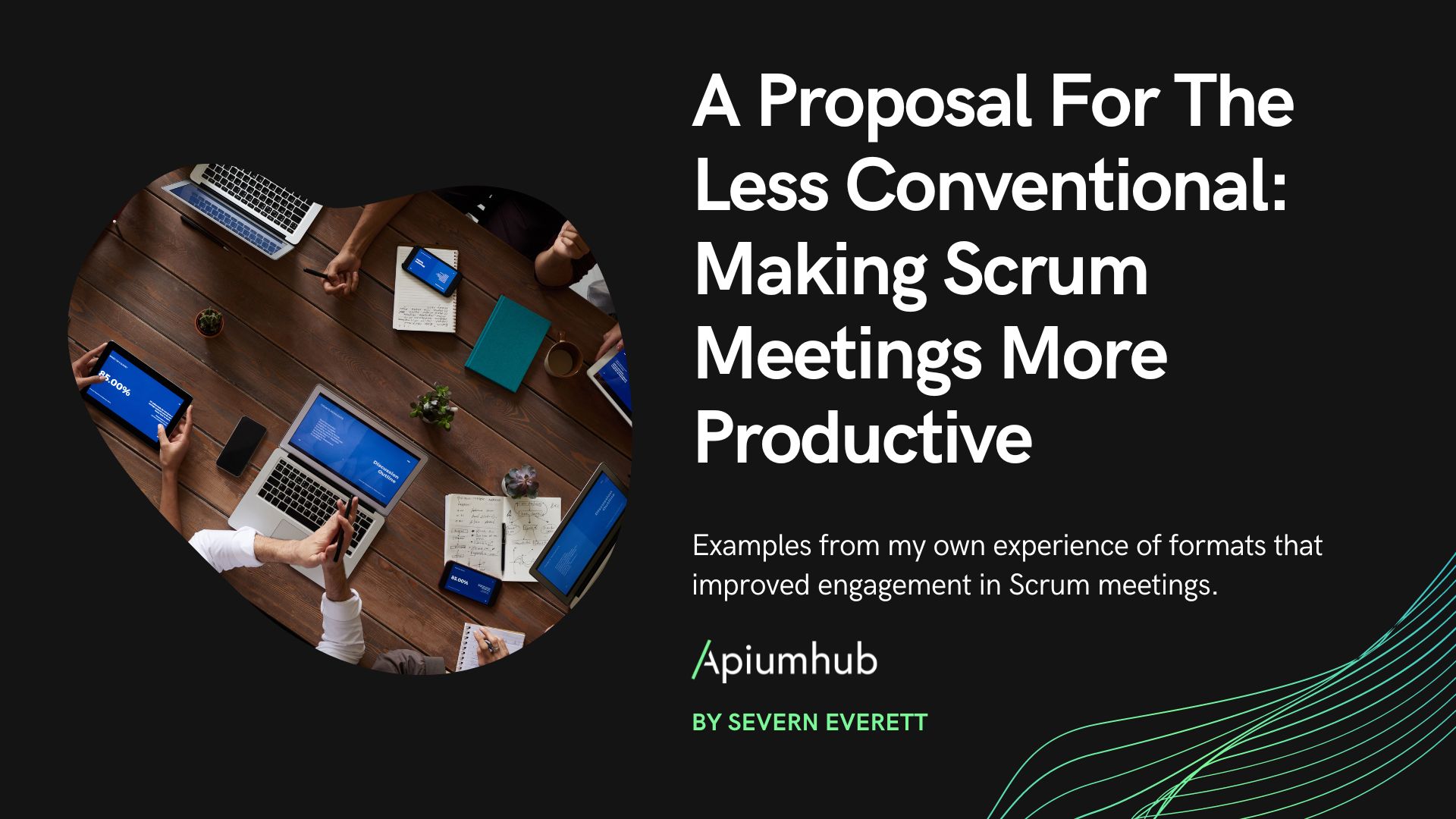Table of Contents
Anyone that works with agile methods must know that retrospective is very important for an agile team and agile planning. Agile retrospective (also called retros) or scrum retrospectives is about looking back at the evolution of the work done over a period of time and continuously trying to become better and improve the team. Here we will go over the 5 stages of Agile retrospective & 7 Agile retrospective ideas & popular techniques.
Doing agile retrospective is a perfect way to avoid doing the same mistakes as the team members can learn from their past errors and from one another, helping the rest of the team to solve problems and improve. Retros is a place where we communicate, share knowledge and discuss without blaming or accusing anyone.
By the way, if you’re looking for software development companies that could help you with one of your projects, here’s a list of great software development companies in Europe, give it a look!
5 stages of agile retrospective or scrum retrospective
-
Setting the stage
It helps people focus on the work and get the team ready to engage in the agile retrospective. Try to have a comfortable atmosphere where people feel relax to discuss the issues.
-
Gathering data
It creates a shared picture of what happened during the agile retrospective and expands the perspective of the team. We try different ways as writing, speaking or even combine both to collect as much information as possible. Data gathering includes facts and feelings and that guides the team to better think and take action. Sharing pictures will help identify the most important topics of the retros. The coach has to control the limited time to gather data.
-
Generating insights
This is the time for the team to consider and discuss what was successful and identify any roadblocks to their success. This stage allows the team to step back, review the big picture and find the causes and therefore think together the best way to improve.
-
Deciding what to do
The team needs to pick the most important items from the list of improvements that was done in the previous stage and fix measurable goals to each of them so they can be completed. The facilitator makes sure that each person signs up and commits to a specific task. This is to avoid misunderstandings as if it was a task assigned to the whole team and therefore avoid that no one does it.
-
Closing the scrum retrospective
We end the retros with an appreciation to each member’s contribution. Make sure that what was discussed has value for the team to move forward.
7 agile retrospective ideas & popular techniques
-
6 thinking hats retrospective
It’s a tool for group discussions and individual thinking that helps explore different perspectives through a complex situation or challenge. We use 6 colours to describe 6 hats.
What is the meaning of those 6 colors?
– White: neutral, objectives
– Red: emotion, angry
– Black: serious, sad, somber
– Blue: cool, skype above
– Green: growth, fertility
– Yellow: sunny, positive
And what are the 6 hats?
– White hat: facts and figures, what happened? What is needed. No emotions and feelings
– Red hat: emotions and feelings without explanation
– Black hat: negative view, critical, why something is wrong
– Blue hat: thinking about thinking, control of process, organization of thinking
– Green hat: creative thinking, new ideas
– Yellow hat: hope, positive thinking, optimism, find out benefits, what is good?
-
Pillar spiderweb retrospectives
It’s about talking of which abilities are important for an Agile team and how the team will rate against them. Once the ratings done, they are displayed on a spider graph and this will serve as a visual resource of the results for the team to discuss.
-
Start, stop, continue, more of, less of
This agile retrospective technique is action-oriented and pushes participants to come up with ideas for that will improve the team by using a wheel to assess an iteration or milestone using 5 categories.
-
Guess who
It’s a retrospective from a different perspective. It is an ’empathy hack’ retro designed for team members to see others’ points of view by selecting a colleague’s name from a hat. Team members are encouraged to play the role of their colleagues and view the world from a different perspective. Guess who helps to increase the power of talking about each other.
-
Four L’s retrospective
Really useful for iteration and project retrospectives as well as for retrospection of training and conference events. The 4 L’s is also a great data gathering activity for recurring retrospectives.
The L’s stand for:
– Like: things you really liked
– Learned – things you have learned
– Lacked – things you have seen the team doing, but consider that could be done better
– Longed for – something you desired or wished for
-
Glad, sad, mad
A popular agile retrospective technique that encourages team members to think about their emotions and looks at the types of emotions the team experienced over the sprint. Mad, Sad, Glad is simple to learn while being easy to explain and run, and can elicit some very interesting ideas. Both Mad and Sad are obviously negative but each can attract quite different issues from a team.
-
The sailboat (or any kind of boat)
A simple technique and easy to do. It is good and fun way to gather data and generate insights, find opportunities, risks and problems. We draw a large sailboat floating and we put on it what slows it down and what propels it forward. It’s a metaphor for the team.
One of the important points of a retros is how the team communicates/discusses to achieve what they agreed on, with sustainable responsibilities and making the work become a better environment. Let the team talk, let them express what they want by using different techniques.
Apiumhub has agile teams, so we not only do retrospectives in the tech department but we also apply retros for the marketing department, human resources and admin department. We found that it is really useful cause the improvement of each department will be a part of the company’s growth. Looking back at what we do and doing it better day by day is our common goal “We all go to the next level together”.











